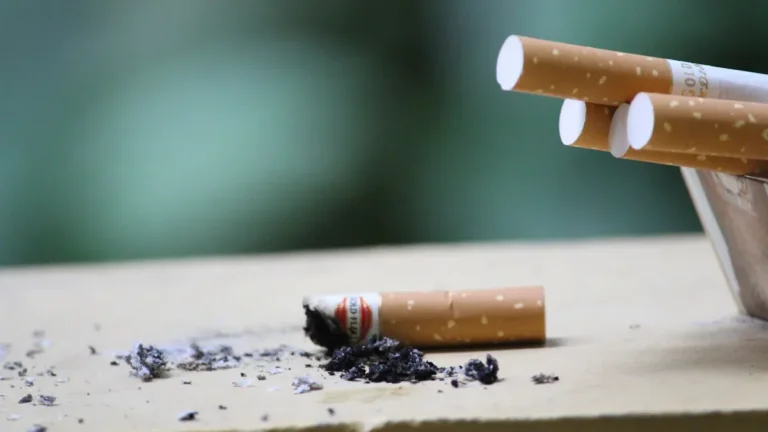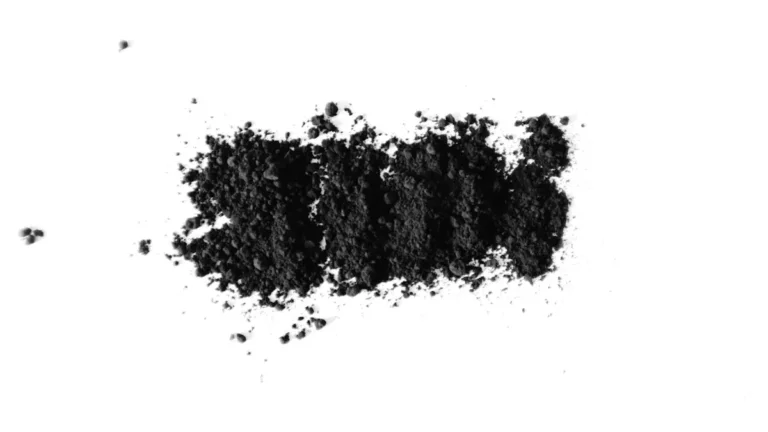Charbon actif purificateur d'air
.webp)
Buy Air Purifying Activated Carbon
Les défis de l'industrie
Risques liés à la qualité des matériaux
- Substandard carbon products exhibiting low adsorption capacity and poor mechanical strength, leading to premature system failure.
- Inconsistent raw material sources compromising pore structure uniformity.
Lacunes opérationnelles
- Underfilled systems reducing gas contact time and increasing pollutant breakthrough risk.
- Delayed replacement converting saturated carbon into secondary pollution sources.
- Inadequate pretreatment (humidity/dust control) causing pore blockage.
Limites techniques
- Significant adsorption efficiency decay under high-temperature/high-humidity conditions.
- Weak adsorption affinity for specific compounds (e.g., ketones, esters).
- Explosion hazards during thermal regeneration processes.
- Limited regeneration options for spent carbon (especially in compact systems).
Complexité de la mise en conformité
- Regulatory phase-out of non-regenerable adsorption systems.
- Increasingly stringent disposal requirements for exhausted carbon.
- Emerging contaminant standards challenging conventional carbon adsorption efficacy.
types de charbon actif apparentés
-r8fslg51nt6wgjtvh6yldxb1gtkgm3lpe0oq1akgog.webp)
- Valeur en iode : 600-1200
- Taille des mailles : 1×4/4×8/8×16/8×30/12×40/20×40/20×50/30×60/40×70 (autres tailles sur demande)
- Densité apparente : 400-700
-r8fsli0q1h9h3rr567ruiwtynlb71ht629zozuhoc0.webp)
- Valeur de l'iode : 500-1300
- Taille des mailles : 0,9-1mm/1,5-2mm/3-4mm/6mm/8mm(autres tailles sur demande)
- Densité apparente : 450-600
-r8fslbfupn0gui0p8mxgjghqhw7mjm31pdfamwrfjk.webp)
- Valeur de l'iode : 500-1300
- Maillage : 150/200/300/350 (autres dimensions sur demande)
- Densité apparente : 450 - 550
-r8fsle9da54btbwls65c8xs4a1tq6pe8prdr2qn90w.webp)
- Valeur en iode : 400-800
- Taille des mailles : 100×100×100mm/100×100×50mm (densité cellulaire personnalisée sur demande)
- Densité apparente : 350-450
- Diamètre de l'alésage:1.5-8mm

- Indice d'iode : 700-1200 mg/g
- Surface : 700-1200 m²/g
- Densité apparente : 320-550 kg/m³

- Indice d'iode : 700-1200 mg/g
- Surface : 700-1200 m²/g
- Densité apparente : 320-550 kg/m³

- Indice d'iode : 700-1200 mg/g
- Surface : 700-1200 m²/g
- Densité apparente : 300-650 kg/m³

- Indice d'iode : 700-1200 mg/g
- Surface : 700-1200 m²/g
- Densité apparente : 320-550 kg/m³

- Méthode d'activation : Activation par vapeur/gaz à haute température
- Structure des pores : Dominée par les micropores, distribution uniforme des pores
- Profil environnemental : Sans produits chimiques, faible teneur en cendres
- Applications principales : Adsorption en phase gazeuse, purification de l'eau potable

- Méthode d'activation : Activation chimique (par exemple, H₃PO₄/ZnCl₂) à des températures modérées.
- Structure des pores : Riche en mésopores, surface plus élevée
- Efficacité du processus : Temps d'activation plus court, rendement plus élevé 30-50%
- Post-traitement : Lavage à l'acide nécessaire pour éliminer les résidus

- Fonctionnalisation : Chargé d'agents actifs (par exemple, I₂/Ag/KOH)
- Adsorption ciblée : Amélioration de la capture de polluants spécifiques (par exemple, Hg⁰/H₂S/gaz acides).
- Personnalisation : Optimisation chimique pour les contaminants ciblés
- Applications principales : Traitement des gaz industriels, protection CBRN
Pourquoi vous avez besoin de notre charbon actif
Precision Engineered Porosity:
(1) Optimized micro-meso-macro pore structure maximizes pollutant capture efficiency.
(2) Tunable surface chemistry for targeted adsorption of specific contaminants.

Guaranteed Safety & Stability:
(1) Zero outgassing ensures trapped pollutants are permanently locked in.
(2) Fire-resistant formulation meets stringent safety standards.

Sustainable Performance Design:
(1) Hybrid-ready compatibility with catalytic/UV systems extends functional lifespan.
(2) Renewable bio-based sourcing with minimized environmental footprint

Third-Party Verified Reliability:
(1) Rigorously tested against international air quality standards.
(2) Batch-to-batch consistency ensures predictable results.
Processus et technologie
1. Residential Indoor Air Purification
Aperçu de la solution
Home air purifiers with granular activated carbon filters effectively adsorb gaseous pollutants, including smells from cooking odors, pet dander smells, and VOCs released from furniture and cleaning products. Carbon filters are generally combined with particulate filters to help purifiers remove a wider range of contaminants.
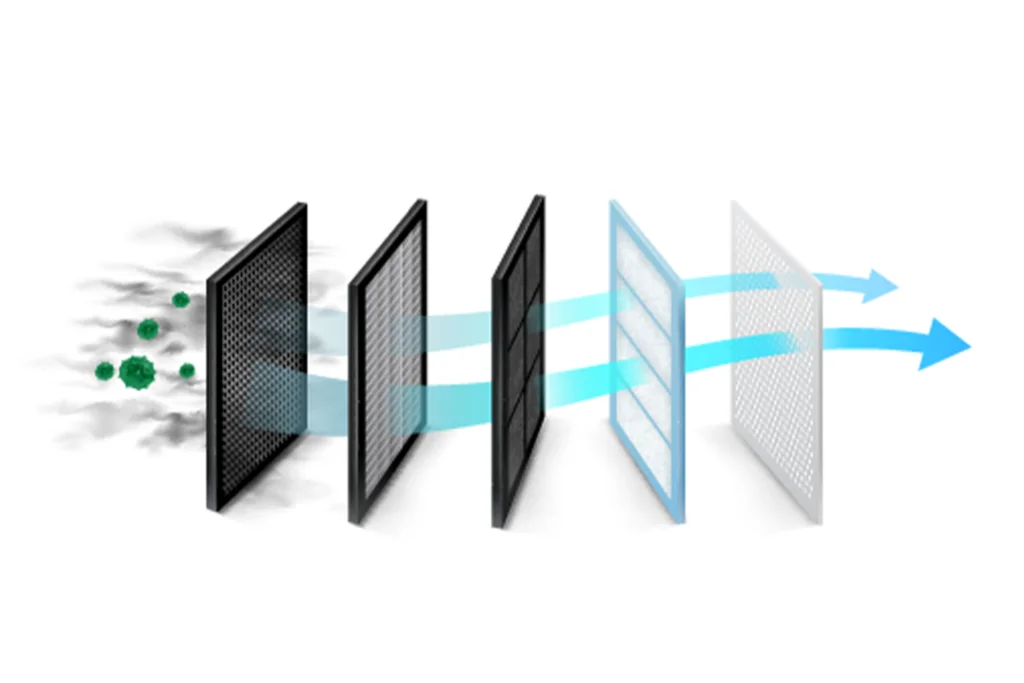
Principaux avantages
- Broad-spectrum adsorption neutralizes diverse organic compounds without chemical reactions.
- Physical odor elimination: permanently traps odor molecules instead of masking them.
- Material stability: operates safely at room temperature with zero byproducts.
2. Industrial VOC Abatement
Aperçu de la solution
Honeycomb-structured activated carbon beds process high-volume exhaust streams in factories/painting facilities, capturing solvents, formaldehyde, and chemical vapors through adsorption.
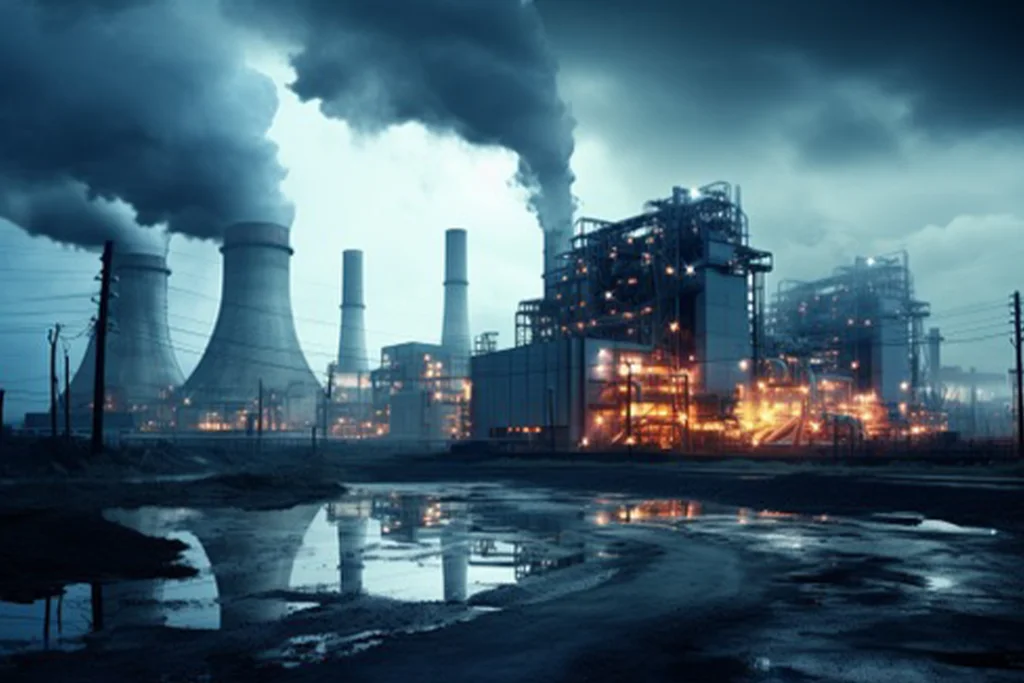
Principaux avantages
- High contaminant loading capacity handles concentrated gaseous pollutants effectively.
- Regenerable design allows reactivation through thermal treatment when saturated.
- Low airflow resistance maintains ventilation efficiency without taxing equipment.
3. Tobacco Smoke Elimination
Aperçu de la solution
Specialized chemically-impregnated carbon filters target complex smoke compounds and residual odors in smoking areas/hospitality venues, using enhanced surface chemistry for adsorption.
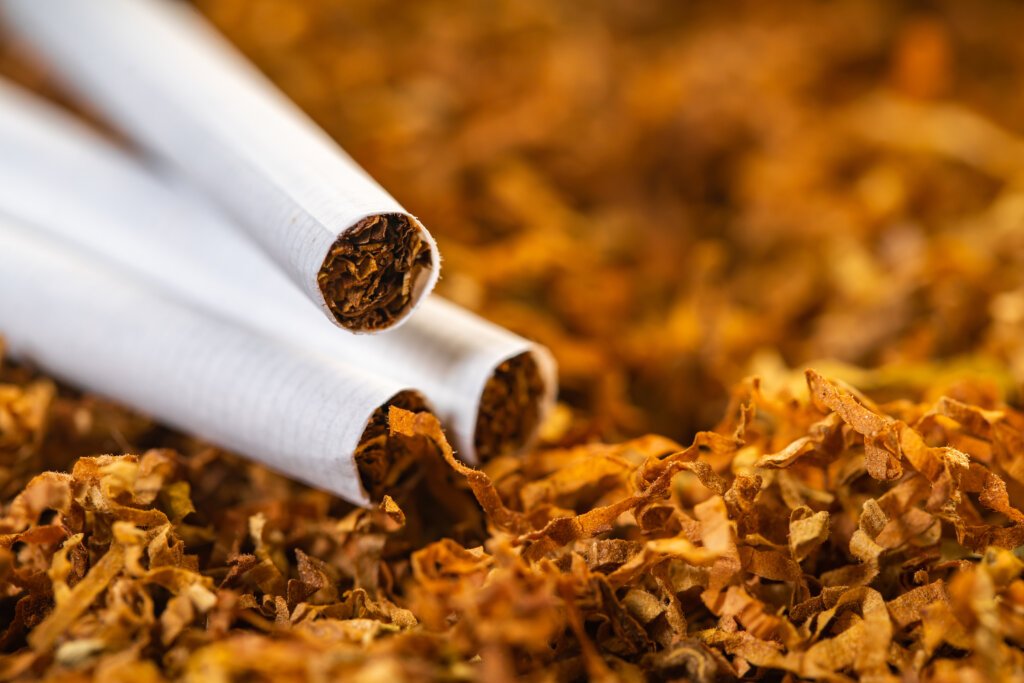
Principaux avantages
- Selective chemisorption captures challenging nitrogen-based compounds via chemical bonding.
- Compact modular design enables easy cartridge replacement in ceiling/wall units.
- Acid gas neutralization reduces respiratory irritants like hydrogen sulfide.
4. Laboratory Fume Control
Aperçu de la solution
Fiber-based activated carbon filters in fume hoods and scrubbers capture acidic/alkaline vapors (e.g., solvents, ammonia) using impregnated chemical agents for targeted adsorption.
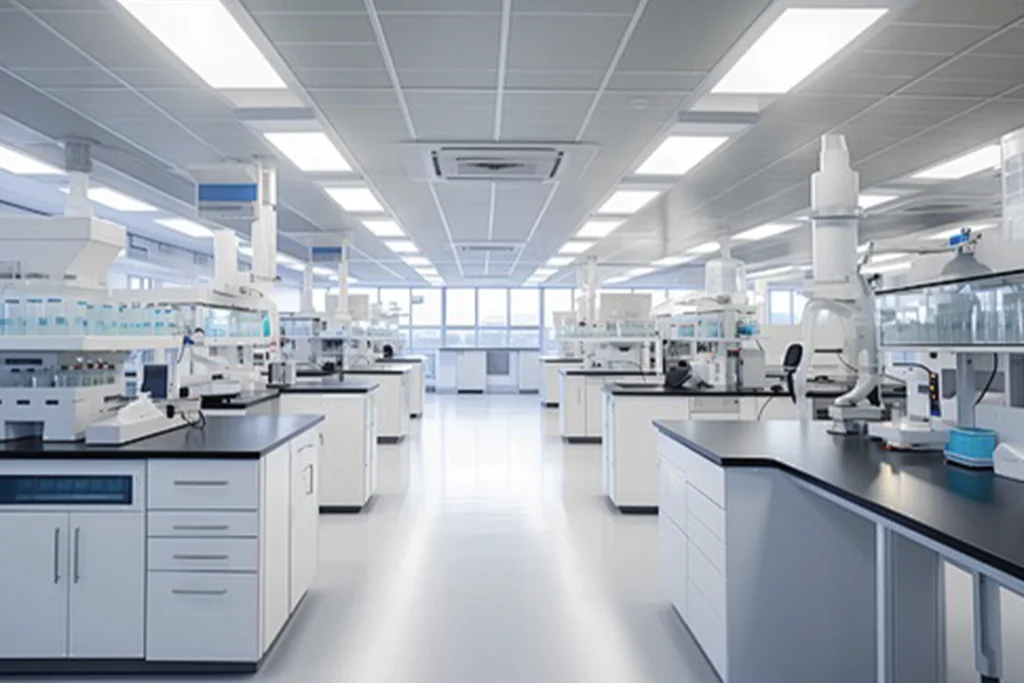
Principaux avantages
- Corrosion resistance withstands aggressive chemical environments.
- Rapid adsorption kinetics microporous fibers enable faster pollutant capture.
- Fire-retardant properties enhance safety when processing flammable vapors.
5. Hybrid Photocatalytic Systems
Aperçu de la solution
Activated carbon combined with UV-photocatalysts (e.g., TiO₂) first concentrates pollutants then decomposes them into harmless substances through oxidation synergy.
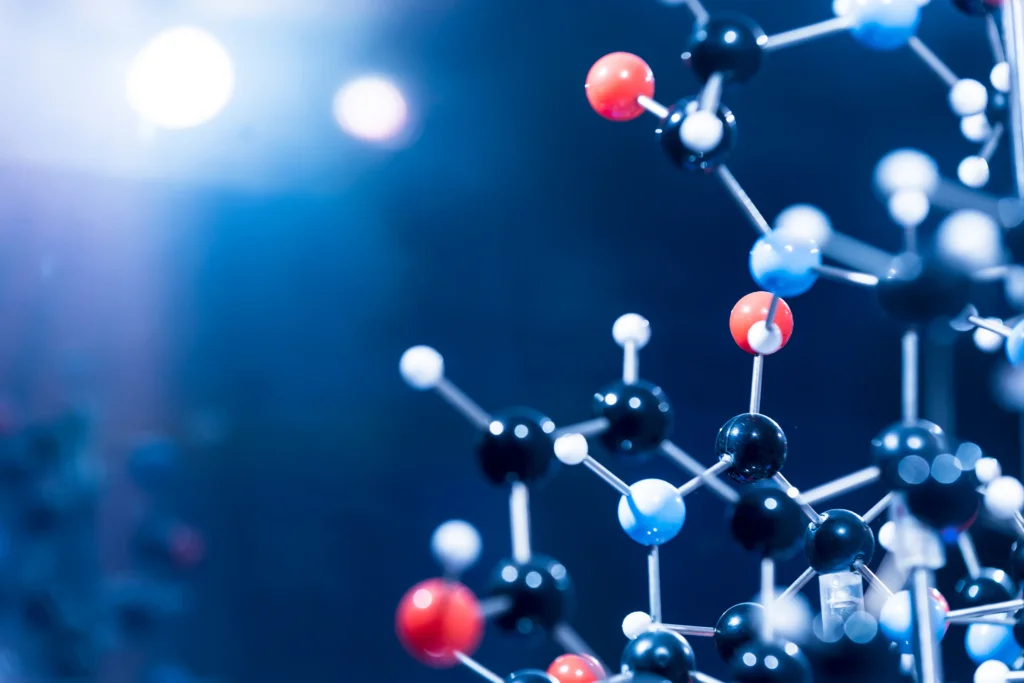
Principaux avantages
- Self-regenerating action photocatalytic oxidation extends carbon lifespan.
- Enhanced decomposition breaks down persistent pollutants like carbon monoxide.
- Multi-stage protection provides both adsorption and destructive purification.

